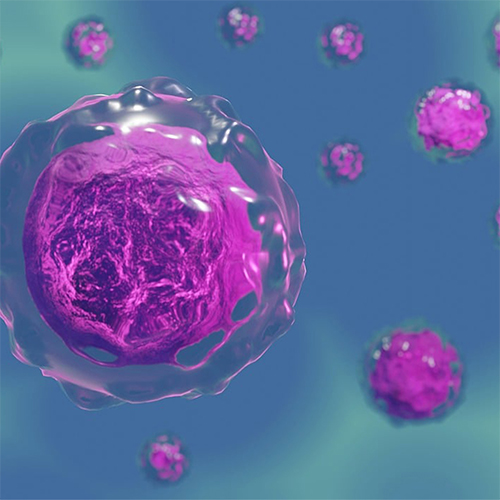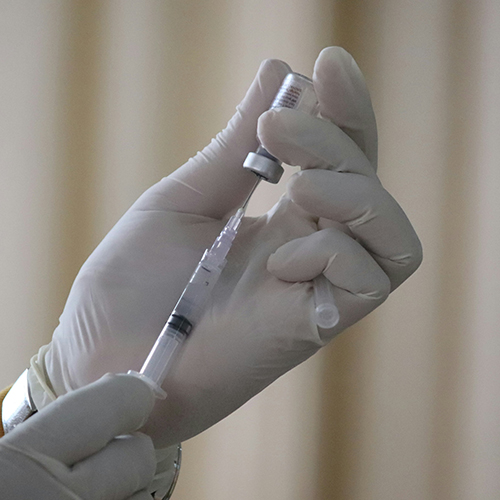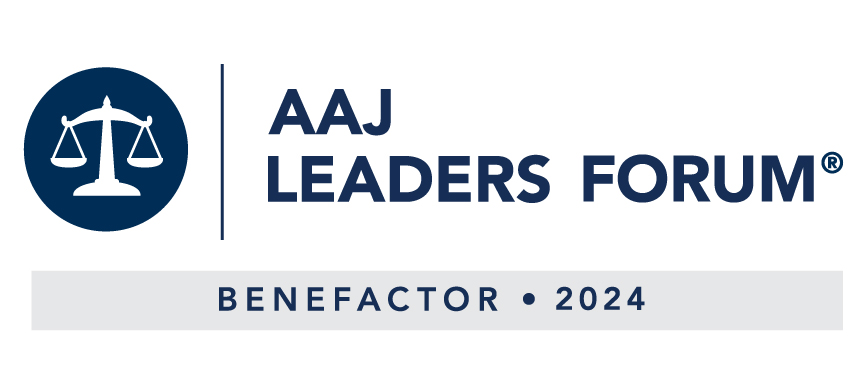Vaping and e-cigarette markets are booming. With attractive flavors and small size that is easy to hide from teachers and parents, kids are buying a popular e-cigarette about the size of a USB drive-JUUL.
Research shows that cigarette smoking is declining among middle and high schoolers, but nicotine use through e-cigarettes and vaping has increased. In 2018, 4.9 percent of middle schoolers and 20.8 percent of high schoolers reported using e-cigarettes.
Consumers often believe that e-cigarettes and vaping are safe alternatives to smoking traditional cigarettes. However, products like JUUL contain nicotine and many other toxic chemicals that are associated with respiratory and heart diseases.
Kids are attracted to flavored e-cigarettes and think they are safe
JUUL appeals to younger generations with their attractive flavors. The CDC has found that these flavorings are one of the major factors in why nicotine use is attractive to kids. Around 60 percent of kids using JUUL thought that they were simply inhaling the flavoring and that the product was nicotine free. The reality is, 99 percent of JUUL brand product contain nicotine.
JUUL has a higher nicotine content than most cigarettes and e-cigarettes
JUUL products contain about twice the concentration of nicotine compared to other e-cigarettes. Nicotine negatively impacts metabolism, is associated with increased cancer risk, and respiratory problems. When children start using nicotine at a young age, they often have a stronger and more rapid addiction than adults who use nicotine products. Nicotine use at a young age is also associated with brain remodeling and changing the threshold for addiction to other substances; kids who become addicted to nicotine are more likely to become addicted to other drugs later on.
With double the nicotine and enticing flavors, young brains have an extremely hard time giving up JUUL. The Washington Post warns parents that these new sources of nicotine are creating a resurgence among kids. All of the work, health campaigns, and “billions of dollars spent to try to eliminate tobacco use for kids has been undone.”














